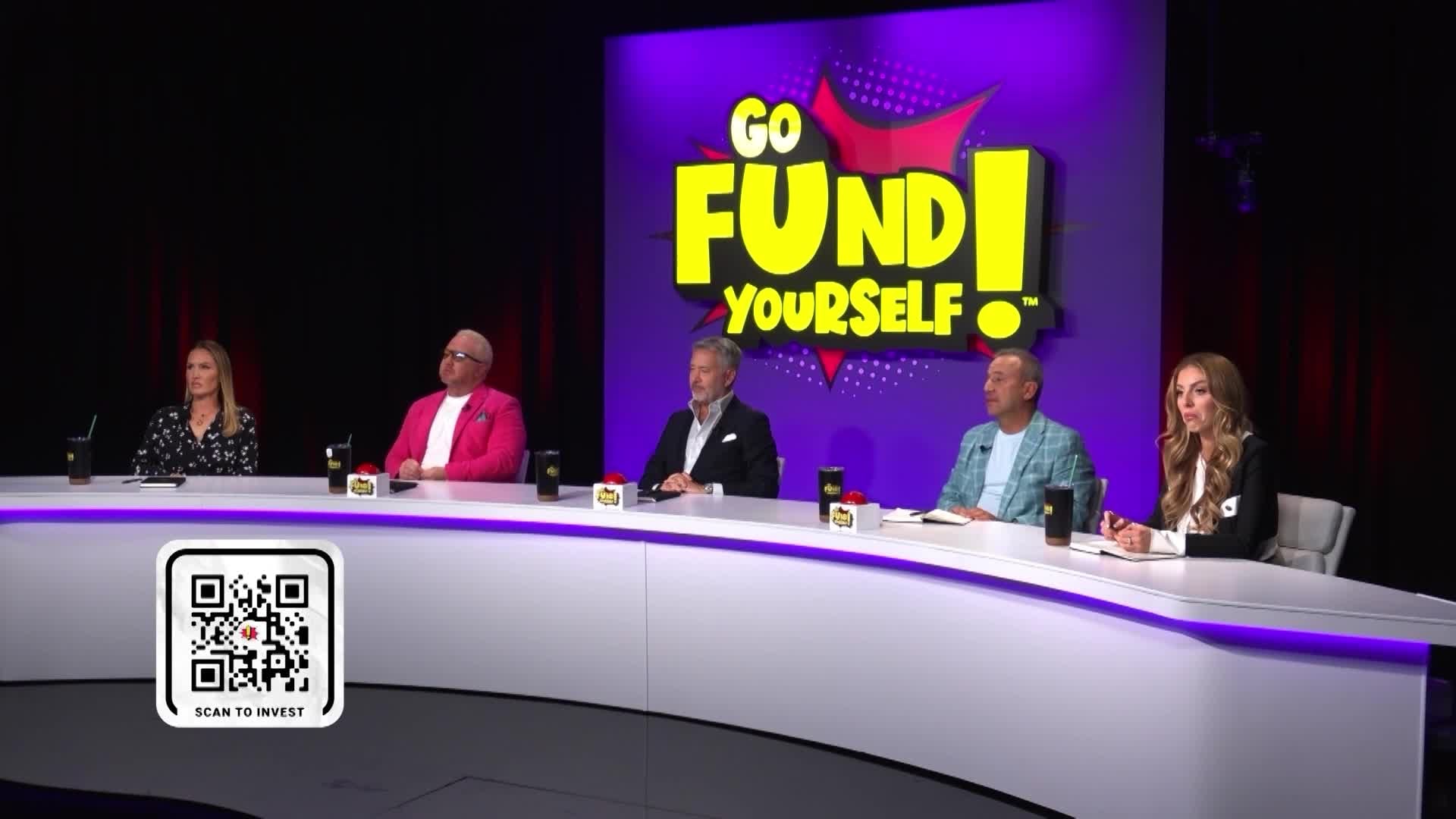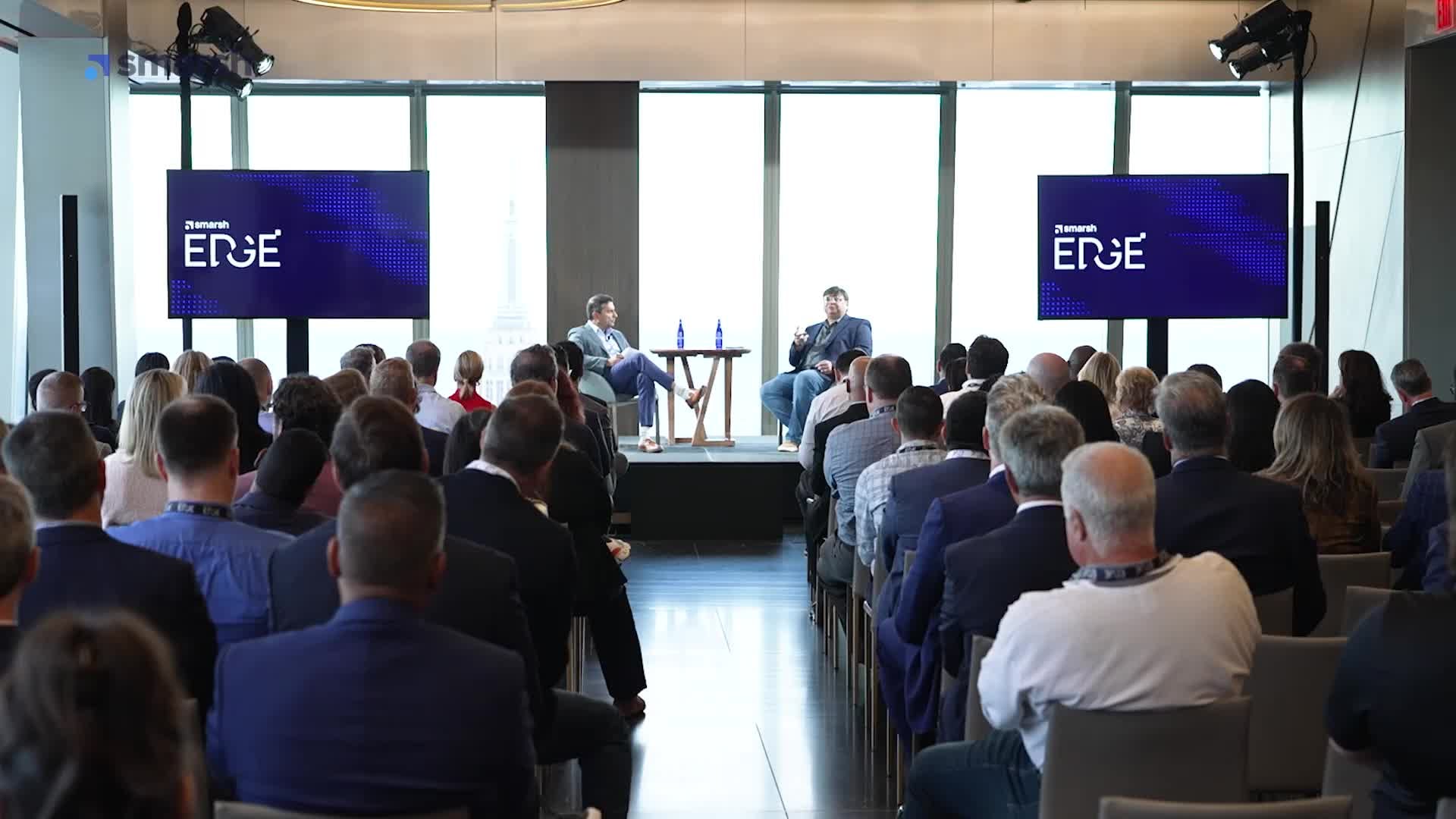Federal Reserve Chairman Jerome Powell on Wednesday confirmed that the Federal Open Market Committee kept "interest rates near zero and maintained our sizable asset purchases," continuing the policy stance that has defined the Fed's response to the COVID crisis.
He also addressed a barrage of questions concerning the recent spike in asset values for companies such as GameStop, which saw its price rise more than 100 percent today.
The chairman noted that the pace of the economic recovery has moderated in recent months, particularly in sectors hard-hit by the coronavirus pandemic. The labor market likewise has lagged, with employment and labor participation seeing declines.
"Overall, economic activity remains below its level before the pandemic, and the path ahead remains highly uncertain," he said.
He affirmed the Fed's stance that it would keep the Federal Funds Rate between 0 and .25 percent until "labor market conditions have reached levels consistent with the committee's assessment of maximum employment, and inflation has risen to 2 percent and is on track to moderately exceed 2 percent for some time."
He also said the central bank would continue to purchase massive quantities of bonds and mortgage-backed securities to support the financial sector.
The chairman was nonetheless optimistic about the second half of 2021.
"While we should not underestimate the challenges we currently face, several developments point to an improved outlook for later this year," he said, referencing widespread vaccination specifically.
Some on Wall Street were bracing for a more hawkish tone from the chairman, given how hectic the stock market has been, but Powell skirted the topic during the Q&A after his speech.
"I don't want to comment on a particular company or day's market activity or things like that," he said. "It's just not really something that I would typically comment on."
When asked later about what role soft monetary policy had played generally in the meteoric rise of certain stock values, including GameStop, Powell reiterated that the pandemic required "highly accommodative" monetary policy, and that the Fed needed to look at the entire financial system, not individual stocks.
He also stressed his belief that fiscal policy and market hopes around vaccination had played more of a role in driving asset prices in recent months than monetary policy.



